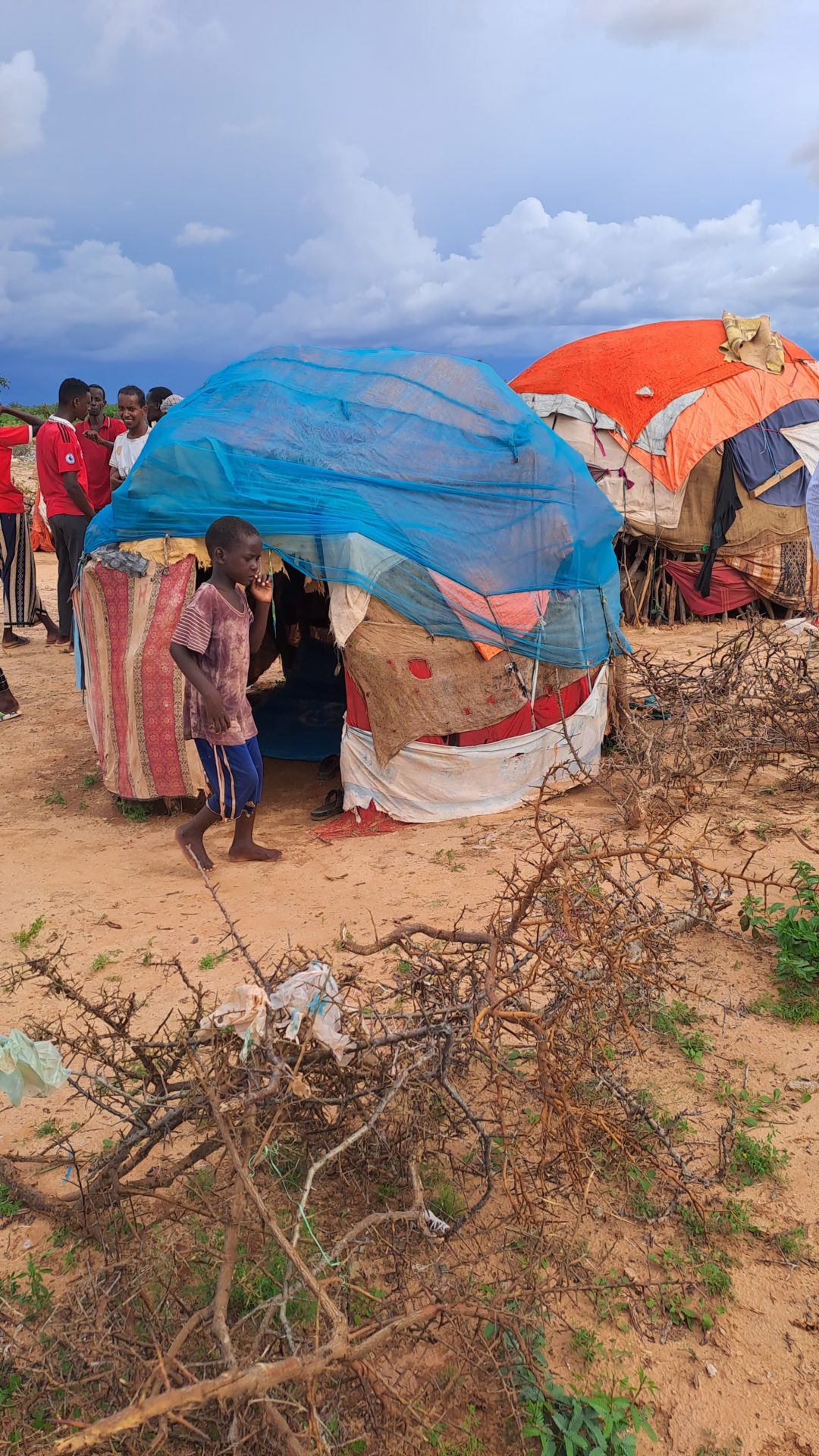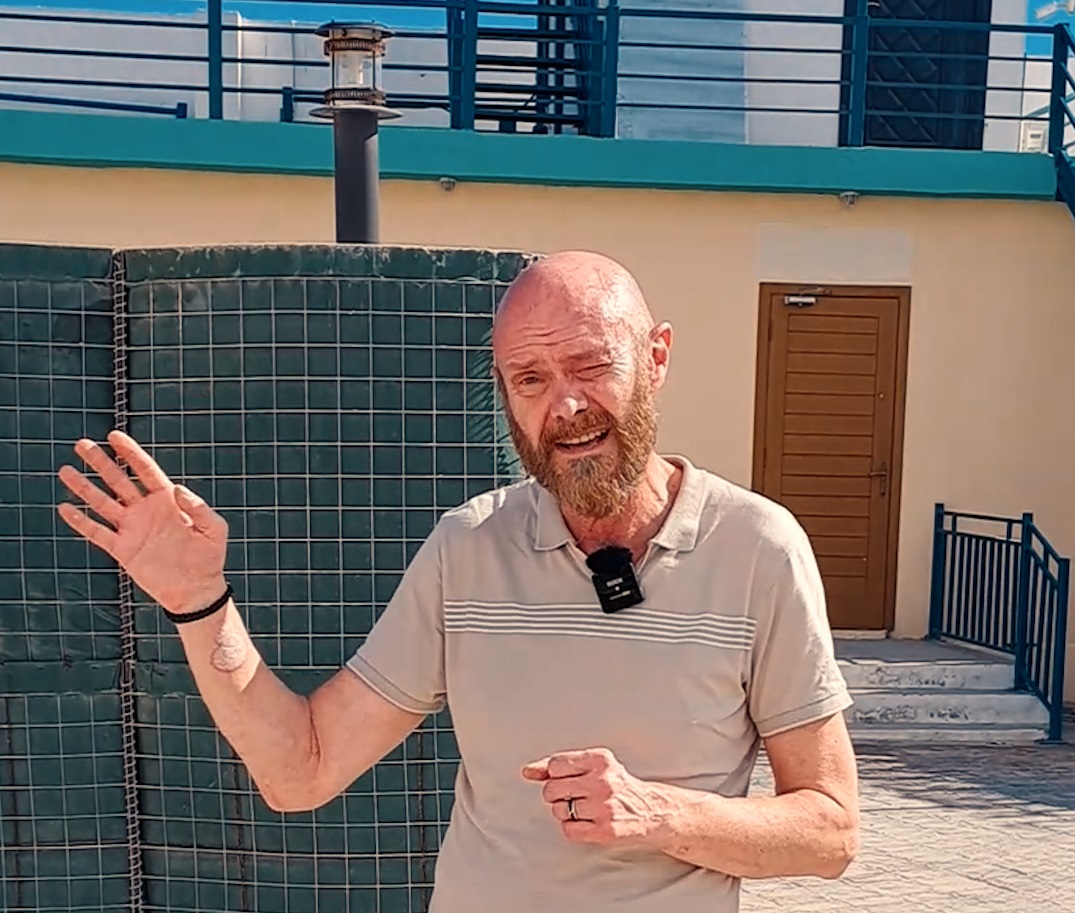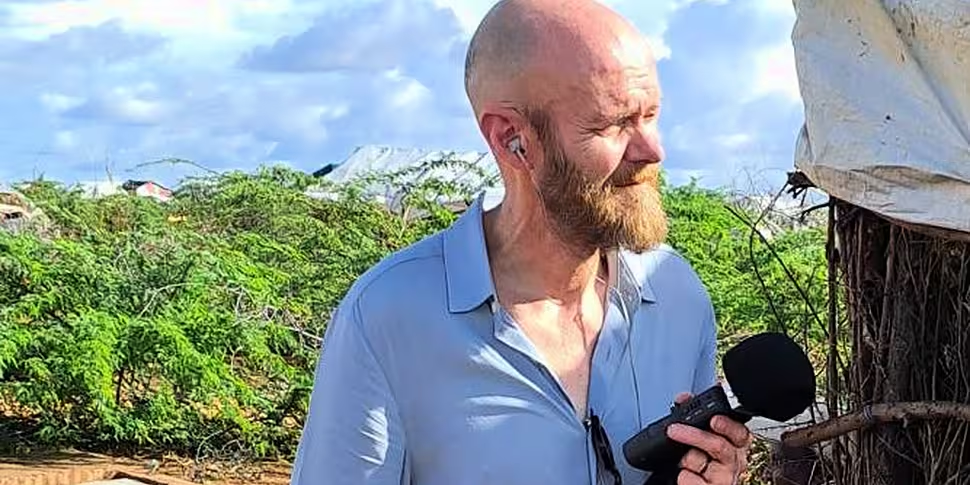Climate change will eventually make parts of Somalia simply “too hot to live in”, a senior UN advisor has told Seán Moncrieff on his visit to East African country.
Earlier this month, the Newstalk presenter spent a week in the country alongside UNICEF staff and was shocked by what he encountered.
Close to four million Somalians are hungry and a further 1.2 million have been displaced.
This year, the worst drought in the country for decades was followed by hugely damaging foods and UN Climate, Peace and Security Advisor Christophe Hodder said worse is yet to come.
“We’re going to see an increase in temperature, an increase in its flood-drought cycles, we’re going to see a reduction of overall availability of water for human consumption - that’s mainly because of desertification and human consumption,” he told Seán for Newstalk Breakfast.
“We’re also going to see an increase in sea levels.
“Those are the big things that we know are going to happen.”
 A child at a camp for Internally Displaced People in Dolo, Somalia. Image: Newstalk
A child at a camp for Internally Displaced People in Dolo, Somalia. Image: NewstalkDeforestation is also having an impact on the climate, with significant numbers of trees being felled to sell to the west as charcoal.
Fewer trees means more soil erosion and poorer quality land for livestock.
“When the rain falls, it hits the ground and because there’s less and less nutrients in the ground because of the desertification, that water is running off,” Mr Hodder said.
“So, we’re seeing gulleys of water in rural areas… and so there’s less and less grass.
“That means there’s more competition and more conflict over that and… likely there’ll be areas that are too hot to live in the rural areas.”
A nation of refugees
There are already 1.2 million people displaced internally within Somalia and the abandonment of rural areas would further exacerbate pressure on the nation’s struggling cities.
"Ten years ago the population of Mogadishu was a million people, now it's 2.5 million people," Seán said.
"That's because of all the people who have moved from other parts of the country fleeing war, famine and climate change in general.
"They're called IDPs - or Internally Displaced People - but effectively [they are] refugees in their own country".
 Sean Moncrieff outside the Banadir Hospital in Mogadishu, Somalia. Image: Newstalk
Sean Moncrieff outside the Banadir Hospital in Mogadishu, Somalia. Image: NewstalkSeán visited one small town, Dolo, on the Ethiopian border which has seen extraordinary population growth due to the number of IDPs moving to the area.
"It's like any village in Ireland, it's one street - that's about it," he said.
"About 1,500 people originally lived in this place, but over the last 10 years IDPs have been coming there because it's seen to be relatively safe.
"Now there are five IDP camps... and there's half a million people in these camps.
"They can't feed everyone, obviously, the infrastructure required to feed half a million people everyday would be just impossible - or give them drinking water.”
Somalia is one of the world’s poorest countries with an average annual income of €422, according to the World Bank.
Main image: Somalian refugees being processed at the Dadaab refugee camp on the border of Somalia and Kenya. Picture by: Alamy.com









